shàng, shǎng
up
Originally a small line or dot above a longer line, indicating "up". The vertical line was added to distinguish the character from 二 (two). Opposite of 下.
Evolution

Oracle script
(~1250-1000 BC)
Bronze script
Mid Western Zhou (~900 BC)
Seal script
Shuowen (~100 AD)
Clerical script
Wu (Three Kingdoms: 222-280 AD)Regular script
ModernDefinitions
Most common words with 上
Freq. | Word | Meaning |
|---|---|---|
on top | ||
evening | ||
God | ||
at once | ||
Shanghai municipality, central east China, abbr. to 滬|沪[Hù] |
Component uses
Sound component in 1 character (1 verified)
Iconic component in 1 character (1 verified)
Simplified component in 1 character (1 verified)
Sources
季旭昇《說文新證》p.44
